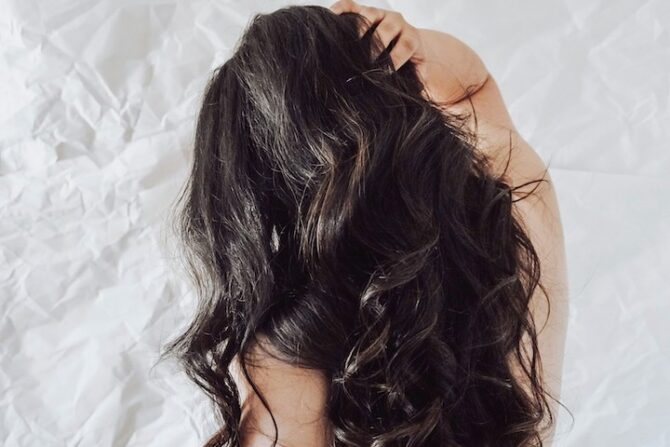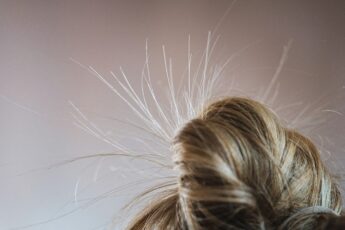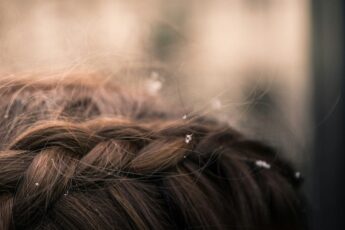If you’ve ever looked at your hair in the mirror and thought, “Why does it feel like straw today?” — you’re not the only one. I’ve had those mornings too. You wash, condition, maybe even mask on weekends, and somehow still end up appearing dry, frizzy, or simply exhausted. That is when cream-based hair treatments come in.
They’re the surprise addition you did not know you required — and when you figure out how to get them to do the job, they quietly move into your routine without complaint.
I am not here to promote yet another product. This is about what really works, what does not, and how to know the difference. Let us get started.
Table of Contents
What Are Cream-Based Hair Treatments?
Alright, let’s keep this simple. Cream hair treatments are thick, leave-in hair products that add moisture, softness, and strength to your hair — without washing them out right away. They’re a mix of a leave-in conditioner and a deep treatment.
They usually arrive in a jar or tube, and they have the feel and look of thick hair lotion. Most of them buttery in texture while others are whipped cream-like in consistency. Either way, they’re heavier than a spray leave-in, but lighter than a deep mask.
What separates them is the way that they stay in your hair longer. That gives your strands more time to absorb whatever goodness the product has to offer.

Why You Might Need to Use One
Here’s where I’m going to get real with you: if you already have soft hair that holds moisture and air-dries without frizz, then there’s probably no need to use a cream treatment. But if you’re like me — someone who’s had to deal with dry ends, frizz that taunts your comb, or hair that just refuses to listen — this is for you.
Here’s when cream-based treatments really help:
- Your ends look like they’ve been to the desert.
- You color-treat your hair or use heat tools often.
- Your curls started losing their bounce.
- Your hair looks dull no matter what you do.
- It looks like your hair “drinks” conditioner but still gets dry the next day.
It’s not a matter of damaged hair. Sometimes it’s merely a matter of hair needing something more than what a standard conditioner can offer. Cream treatments bridge the gap when the basics aren’t enough.
Also Read: The Truth About the Rarest Hair Type (And How to Care for It Naturally)
How They Actually Work
Let’s take a look at what’s happening behind the scenes when you use one.
These creams are packed with ingredients that serve three purposes:
- 1. Moisturize – They bring moisture into your hair with ingredients like glycerin or aloe.
- 2. Seal – They lock in that moisture through oils or butters, e.g., shea butter or coconut oil.
- 3. Strengthen – They may have proteins, ceramides, or panthenol to strengthen the hair fiber.
Because they stay on your hair, they keep doing their job after you’ve walked out the door. You don’t shampoo it out. That lets your hair absorb the moisture and nutrients longer — which means a difference, especially if your hair is dry or damaged.
The key thing? They don’t just stick on your hair like some products do. A quality cream product penetrates deeper.
How to Use Them (Without Overdoing It)
Now for the best part — how to actually use one without turning your hair into a greasy mess. It’s not rocket science, but you do have to pay attention.
Here’s what I do, step by step:
1. Start with clean, damp hair.
Creams work best when your hair is just fresh out of the shower. Not soaking wet — just towel-dried or a little bit damp.
2. Use a little.
I’m not kidding. Use a quarter-sized amount if your hair is fine or short. A dime-sized amount if your hair is thick or curly. You can always add more, but you can’t take it out once it’s there.
3. Concentrate on the ends.
Rub it between your hands and glide it on to the ends of the hair first. Then work your way up if you need to — but don’t apply it to the roots unless your hair is horribly dry all over.
4. Comb it in.
Use a wide-tooth comb or your fingers. This spreads it out evenly so you don’t end up with one clumpy area.
5. Don’t wash it out.
Leave it in, unless the product says otherwise, and carry on with your day.
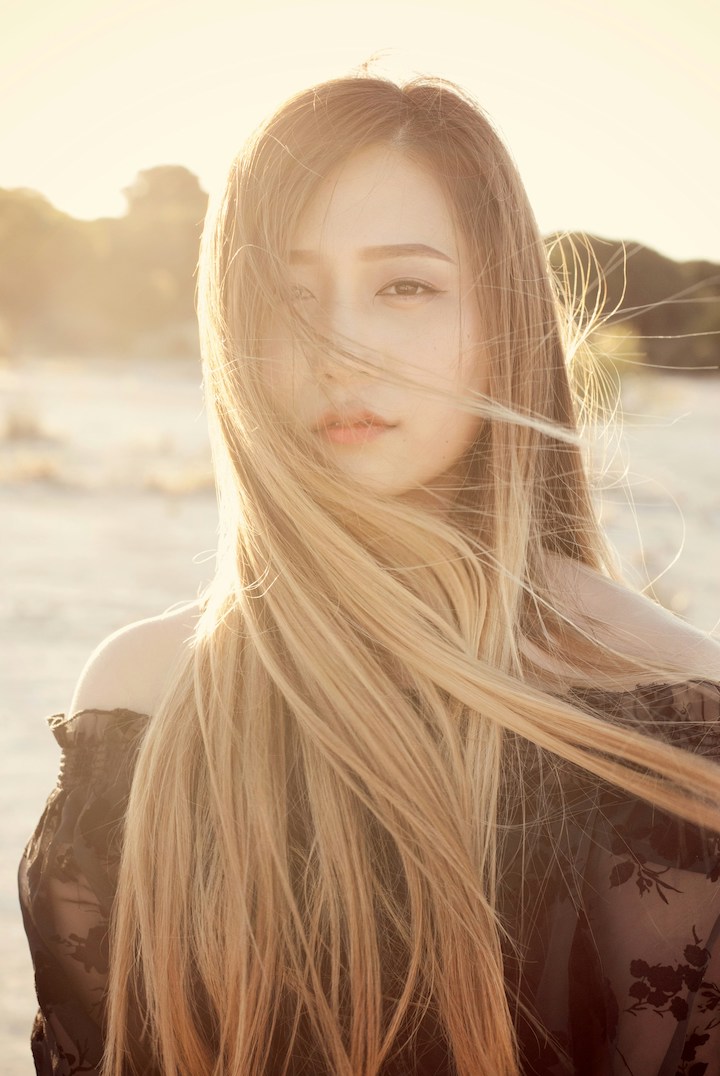
How Often Should You Use It?
That depends on your hair type:
- Oily or fine hair: Weekly or only as needed.
- Wavy or curly hair: 2–3 times a week.
- Thick, dry, or textured hair: You can probably get away with using it every other day.
It’s not a matter of adhering to a regimen — it’s a matter of observing the way your hair reacts. If you feel like it’s getting too heavy, back off.
Common Mistakes
These treatments can be beneficial, but only if you don’t do too much. Watch out for these:
- Applying too much. You’ll know you’ve done too much if your hair feels oily by the end of the day.
- Layering too many products. If you’ve previously used a rich oil or serum, layering cream on top will just blanket your hair.
- Applying it to dirty hair. You’ll be piling product on top of product. It won’t do much for you.
Also Read: The Best Hair Gel For Strong Hold
How I Use It (And What Changed)
When I initially used a cream-type treatment, I didn’t have high hopes. My ends were dry, my waves were brittle, and I figured that this was another product that I’d do in one use and forget about.
But a few uses later on — not initially, but after a while — something shifted.
The first thing I saw is that my hair was softer the day after. Generally, my hair gets dry overnight. With the cream treatment, my hair remained moisturized the next morning. Second, I saw that I didn’t have to restyle it as much. My waves started setting without me having to twist and scrunch them.
It wasn’t magic. It just made my hair feel like itself again — only better.
What to Look for in a Cream-Based Treatment
Don’t let the ingredient list scare you. You just need to look for a few of the good stuff — and avoid a few bad guys.
Ingredients worth seeking out:
- Glycerin: Attracts moisture into the hair.
- Shea butter: Moisturizing and rich, but not heavy.
- Panthenol (Vitamin B5): Gives shine and softness.
- Ceramides: Fix the protective layer of the hair.
What not to use:
- Heavy waxes: They weigh on hair and cause build-up.
- Drying alcohols: Like alcohol denat or isopropyl alcohol. These dry out the hair.
- Artificial fragrance: If your scalp is sensitive, this will irritate it.
You do not need a gazillion unnecessary things. A few good ingredients are all you need.
Signs It’s Working for You
Curious if your cream treatment is actually doing something? Here’s what I check for:
- My hair feels soft even after a full day out.
- I see less breakage when I detangle.
- My ends aren’t crunchy or split.
- I don’t reach for heat tools as much because my hair holds shape better.
If you start to notice just one or two of those things, that’s a win.
When It’s Not the Right Fit
Okay, okay, let’s be real — not every product is for everyone. Here are when you can skip cream treatments:
- Your roots get greasy fast, even with a little bit.
- Your curls look flat instead of snappy.
- The stuff just sits there on your hair and never really penetrates.
- You have an itchy or clogged scalp.
If so, it’s okay to mix things up. Your hair’s not “broken” — it just needs a different kind of care.
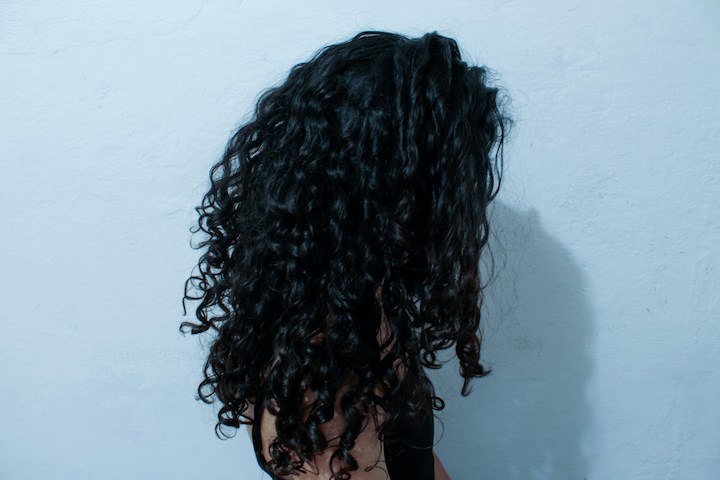
Other Options to Try If Creams Aren’t For You
Not feeling the cream life? There are other options that could work better for you.
- Leave-in conditioners: They come in spray form and won’t weigh your hair down.
- Rinse-out masks: You’re getting deep moisture, but you don’t leave them in.
- Aloe-based gels: These add moisture and light hold, especially for curls.
It’s sometimes not about the ingredients, but the texture. A different packaging might be all you’re looking for.
You Can Also Check Out: The Rarest Hair Color in the World (And What It Says About You)
Conclusion
You don’t need a drawer full of products to have good hair days. Sometimes it just takes one thing — used the right way — to make a real difference. Cream-based hair treatments aren’t magic, but they do work if you’re patient and consistent.
If your hair is just that dry, that frizzy, that delicate — give it a shot. You don’t need to do anything radical. Just start with a little, see how your hair feels, and tweak as you go along.
And remember, you’re not chasing perfect hair. You’re just taking care of what’s already yours.
Frequently Asked Questions
Can I use a cream-based treatment daily?
If your hair is too thick, curly, or very dry, you may be able to use it every day. But for most of us, a couple times a week is sufficient. Daily use can cause buildup if you’re not careful.
Do I still need conditioner if I’m using this?
Yes — these products aren’t a conditioner replacement in full. Do your usual conditioner in the shower, and apply the cream as a step when your hair needs extra help.
Will it weigh my curls down?
It does, if you use too much. Start with small amounts and only use it in the ends. If your curls are tighter, you might only need to use it once a week or blend it with water in your hands first before applying.
Can I use this on my scalp?
Unless it states that the product is for the scalp, it’s best to leave it in your hair only. Applying cream to your scalp can block pores and cause itchiness or flakiness.

